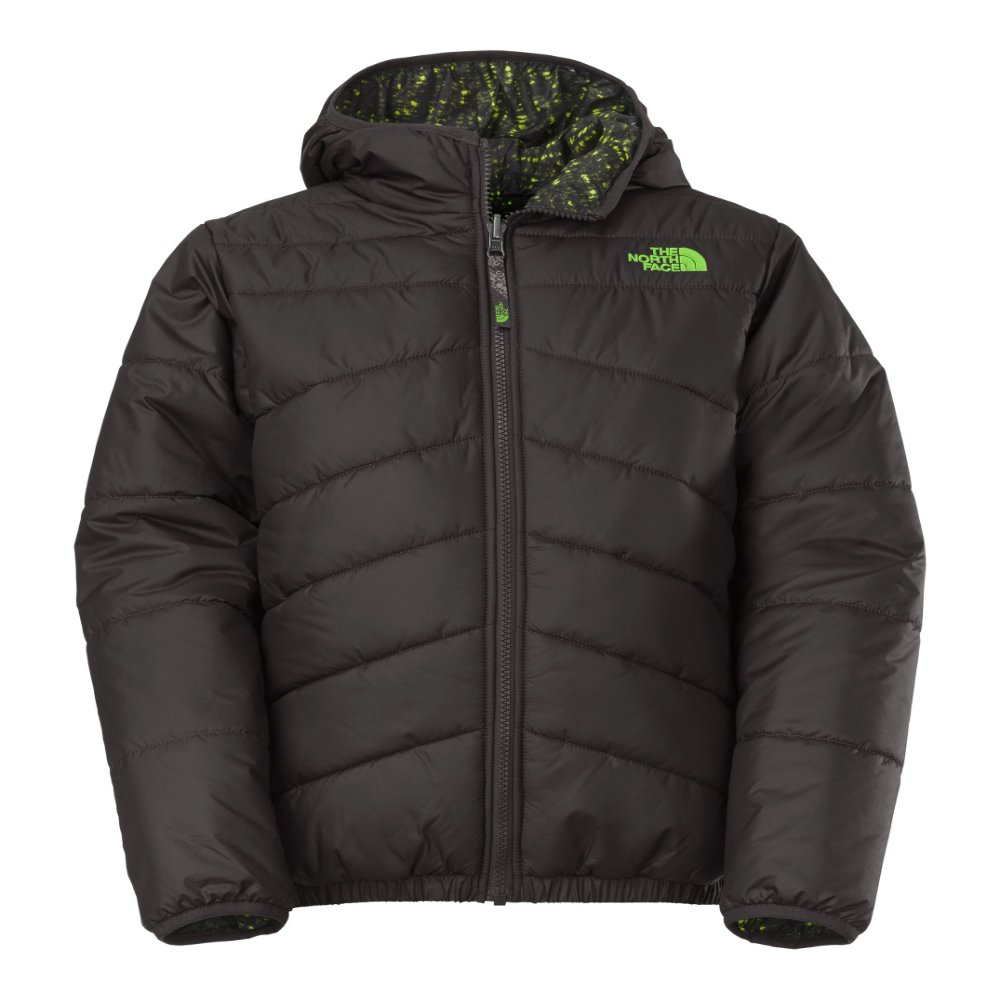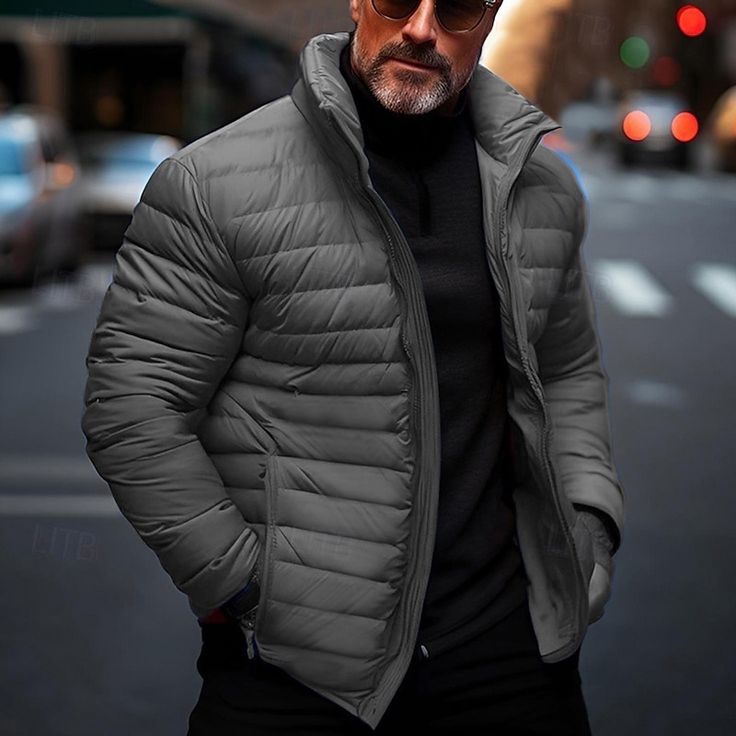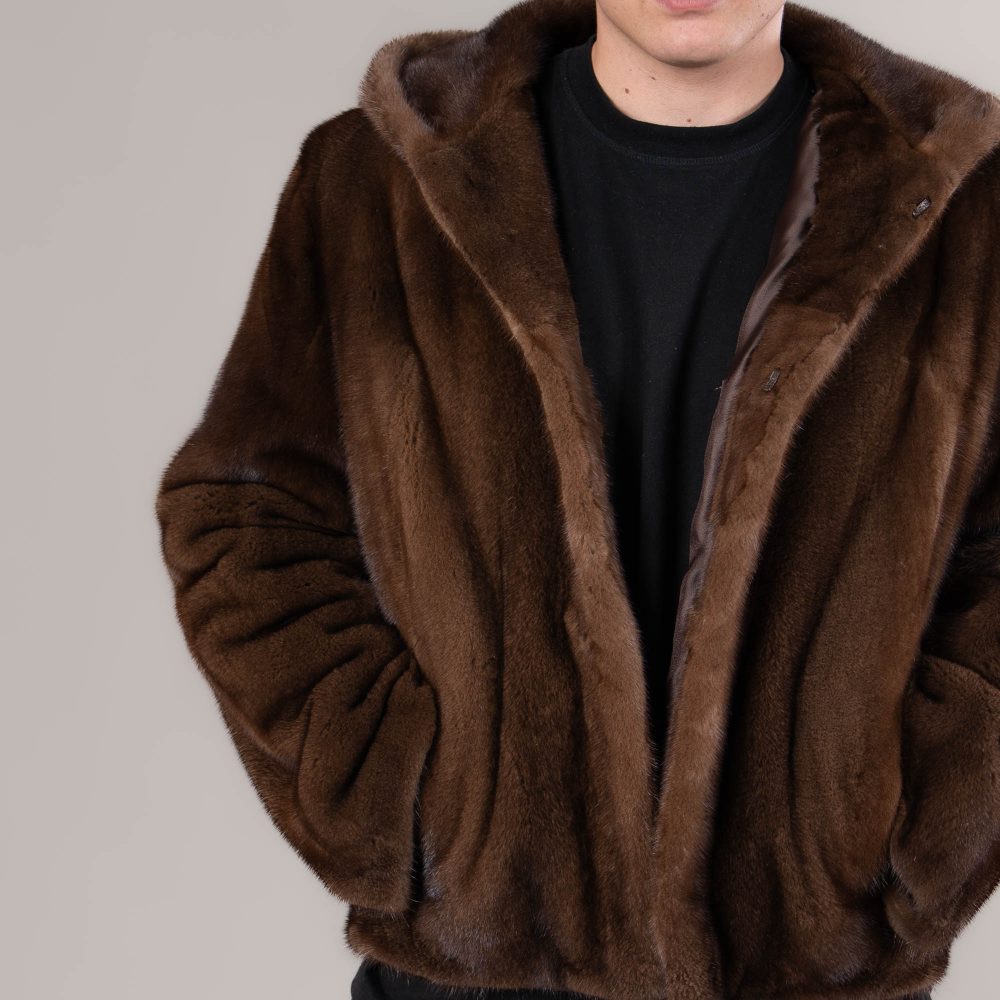Types of Warm Coats for Winter Weather
Choosing a warm coat for winter is key to staying comfortable in cold climates. Here we explore various types to suit your needs.
Insulated Parkas
Insulated parkas are a top choice for extreme cold. They come with thick padding, often of down or synthetic materials, to trap heat. Look for options with a windproof exterior and a hood for added protection. A longer length covers more of your body, keeping warmth in and cold out.
Fleece-Lined Jackets
Fleece-lined jackets offer a lighter option that still keeps you warm. They work well for everyday use and come with a soft inner layer. Many have a water-resistant shell. This combo keeps you dry and cozy in mild to moderate winter weather. A variety of styles let you pick one that fits your look.
Wool Coats
Wool coats stand out for their style and natural warmth. They have heavy fabric that blocks wind and retains heat. Wool is also breathable, preventing overheating. These coats often have a classic design, making them suitable for various occasions. Remember, quality matters with wool coats, as higher-grade wool offers more warmth and durability.

Key Features to Consider When Buying a Warm Coat
When shopping for a warm coat, certain features can make or break your comfort during winter. Let’s look at what to keep an eye out for.
Insulation Material
The insulation of a warm coat is its core feature. Check the tag to see if it uses down or a synthetic fill. Down is light and traps heat well, but it may not perform as well when wet. Synthetic insulation is heavier but retains warmth even when damp. Choose the material based on the typical weather you’ll face.
Waterproofing
A waterproof coat shields you from rain and melting snow. Look for coats with a waterproof rating or water-resistant treatments. Seams should be taped or sealed to prevent moisture from seeping in. Ensure your warm coat can withstand the elements so you stay dry.
Hood and Pocket Design
Never overlook the hood and pockets. A hood with adjustable drawstrings keeps your head and ears warm. It should fit snugly without limiting vision. Pockets must be well-placed and deep enough to protect your hands and store essentials. Some coats offer insulated or fleece-lined pockets for extra warmth.
How to Select the Right Size and Fit
Selecting the right size and fit is crucial when purchasing a warm coat. The correct fit ensures comfort and allows for optimal insulation to keep the chill at bay.
Understanding Measurements
Start with measuring your body or a well-fitted garment. Look for size charts on brand websites and compare your measurements. A proper fit should allow for natural movement without constriction.
The Importance of Layering Space
Remember to account for layers you’ll wear underneath. A warm coat should fit snugly yet have enough space for a sweater or thermal without being too tight.

The Best Materials for Warmth and Durability
When looking for a warm coat, the materials used for insulation are crucial. They determine how well the coat will protect you against the cold and how long it will last. Let’s compare some widely used materials.
Down vs. Synthetic Insulation
Down insulation is known for its exceptional warmth-to-weight ratio. It’s lightweight, compressible, and retains heat well, making it a premium choice for cold weather. However, it loses insulating ability when wet and is often pricier. In contrast, synthetic insulation is less affected by moisture and dries quickly, ensuring warmth even in damp conditions. It’s generally more affordable but might not offer the same level of warmth as down per ounce.
Choose down for dry and extreme cold but opt for synthetic when you expect wet conditions.
The Role of Wool and Fleece
Wool is a natural fiber with fantastic insulating properties. It absorbs moisture without losing its ability to retain heat, making it an adaptable material for various climates. A wool coat is also durable and can last for years if properly cared for. Fleece, on the other hand, is a synthetic option that provides good insulation while being lightweight and soft to the touch. It’s a great middle ground for those who want warmth without the bulk. Both materials are breathable, preventing you from overheating when on the move.
For lasting warmth, choose wool, but for lightweight and casual comfort, fleece is an excellent alternative.
Care and Maintenance Tips for Warm Coats
Proper care extends the life of warm coats, keeping them effective in the coldest months. Here are practical tips to help maintain your coat.
Washing and Drying Guidelines
Always check the label inside your warm coat for specific care instructions. Most down and synthetic insulated coats need gentle washing with a mild detergent. Avoid harsh chemicals, as they can degrade the insulation properties. For machine washing, use a gentle cycle and cold water. It’s best to air dry your coat, but if you must use a dryer, choose a low heat setting and include tennis balls to prevent clumping of insulation. Hand wash wool coats and lay them flat to dry, away from direct heat sources.
Storing Your Coat in the Off-Season
Proper storage is crucial for maintaining a coat’s shape and warmth. Clean your coat before storing to remove any dirt and odors. Use a breathable garment bag to prevent moisture build-up which can lead to molds. Store in a cool, dry place. Avoid compressing your coat in tight spaces. This ensures the insulation remains fluffy and effective for the next season.

Top Brands Known for Quality Warm Coats
When selecting a warm coat, choosing a reputable brand can make a significant difference. Some top brands are renowned for crafting warm coats that offer durability and impeccable style. Here’s a look at what makes these brands stand out.
Comparing Price and Value
Price is a crucial factor when purchasing a warm coat. Premium brands typically charge more due to the quality of materials and construction. However, investing in a higher-priced coat from a reputable brand often means better warmth, longevity, and overall value. It’s important to assess the cost against the expected lifespan and performance of the coat.
Warranty and Customer Service
A brand’s commitment to their product is shown through their warranty and customer service. Top coat brands usually offer generous warranties that cover defects and sometimes even wear issues. Effective customer service helps handle issues swiftly, making it a critical factor in brand reliability. Always check the warranty period and what it covers before making your purchase.
How to Style a Warm Coat for Different Occasions
Your warm coat can be more than just a shield against the cold; it can also be a stylish addition to your wardrobe. The key is to know how to match it with the rest of your attire for various settings. Here’s how you can style your warm coat for different occasions.
Casual Outfits
For a casual look, pair your warm coat with everyday essentials. Insulated parkas work well with jeans and a pair of sturdy boots. Add a beanie and gloves for extra coziness. Fleece-lined jackets suit activewear or casual trousers. Wear with sneakers for an easy-going, comfortable ensemble. For a touch of style, wrap a colorful scarf around your neck.
An oversized wool coat can elevate a casual outfit, too. Layer it over a hoodie and add sweatpants for a street-style vibe. Never underestimate the power of accessories. A casual backpack or a simple beanie can complete your laid-back look with a warm coat.
Dressing Up for Formal Events
When it’s time to dress up, your warm coat can complement your formal attire as well. Choose a tailored wool coat for a sophisticated edge. Make sure it fits well and has a crisp silhouette. Opt for dark, solid colors like black, navy, or gray for a classic, timeless look.
For added elegance, consider a coat with subtle details like a belt or unique button design. A slim scarf or a stylish hat can be the cherry on top for your formal event wardrobe with a warm coat.
Remember that the key is balance and proportion. Ensure your warm coat doesn’t overpower your outfit but rather complements it, whether you’re aiming for casual or formal.
